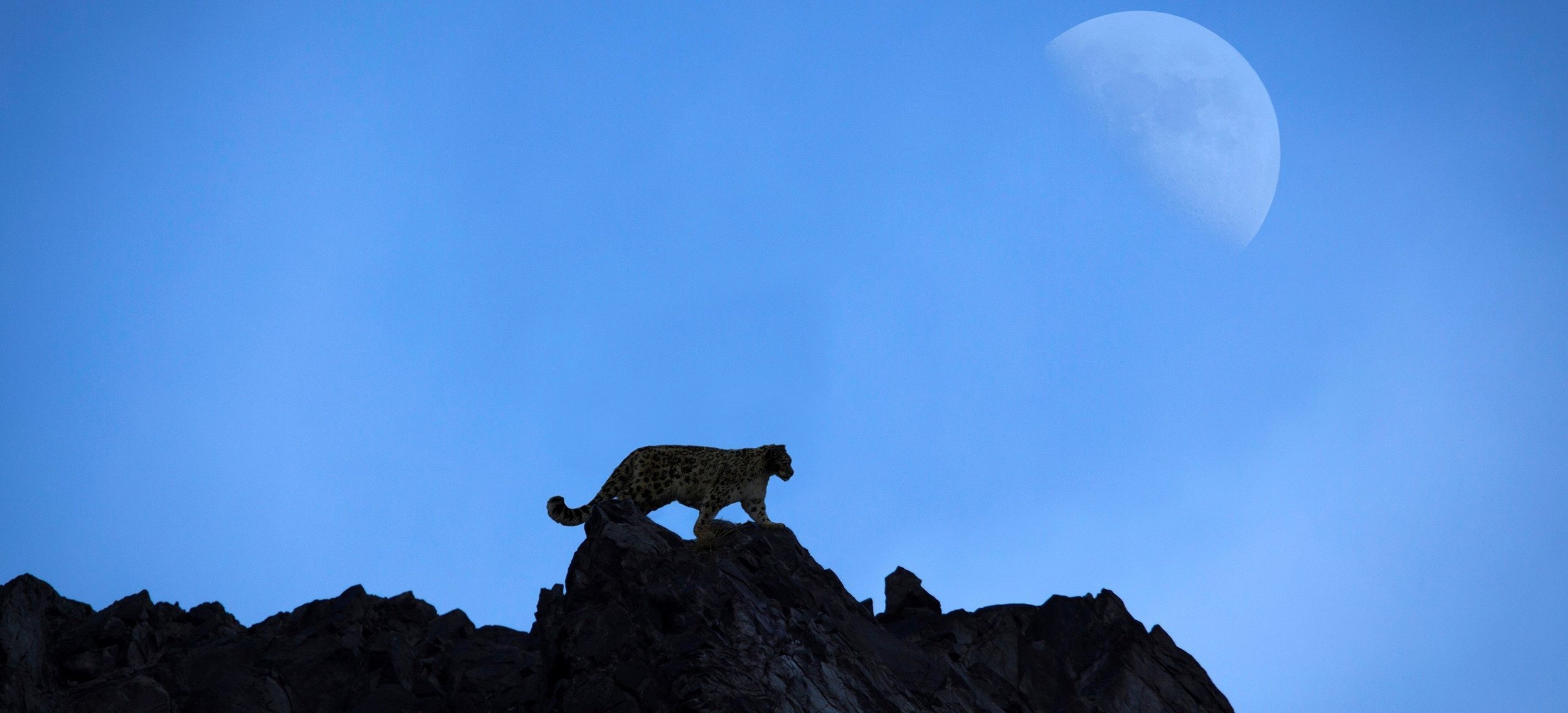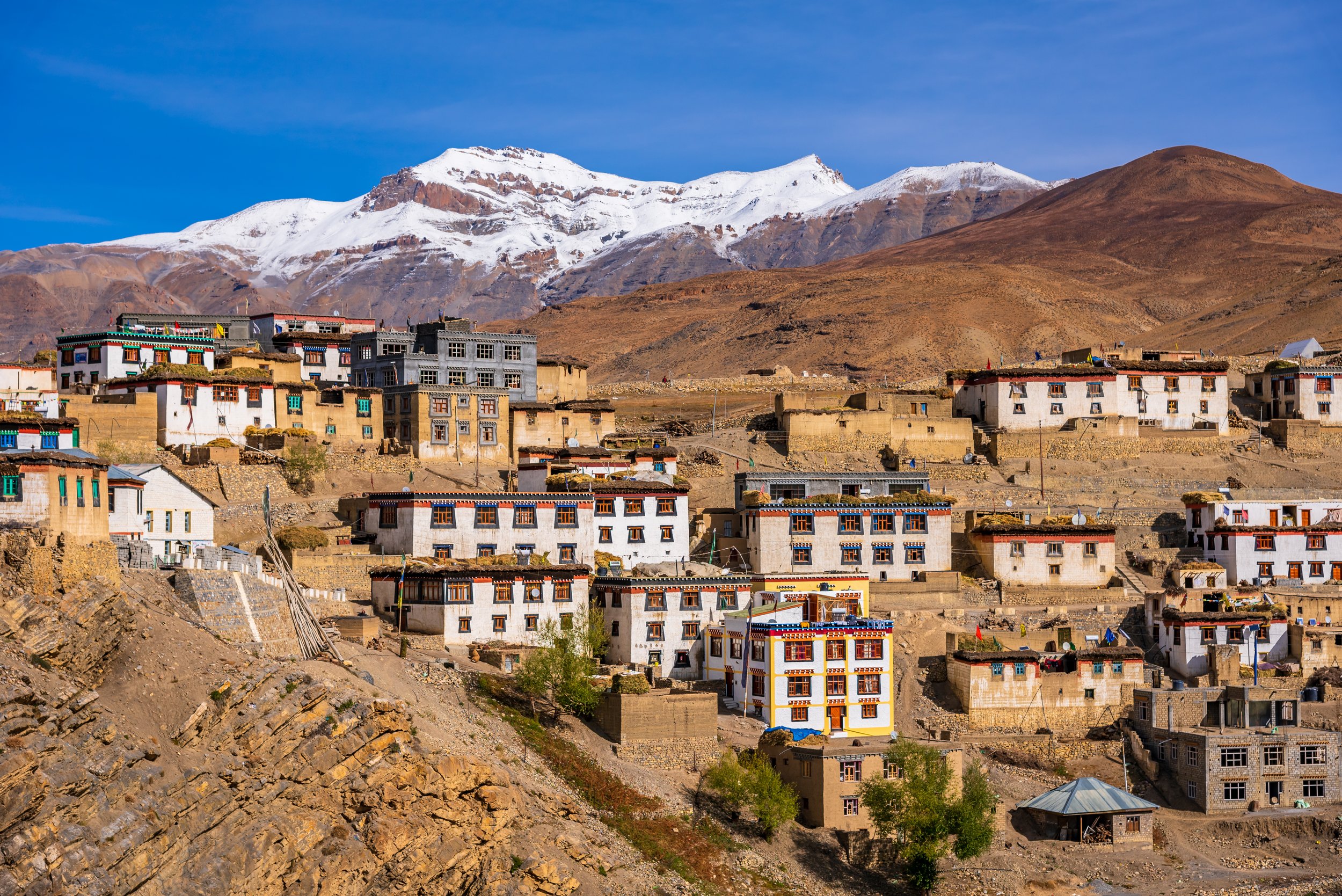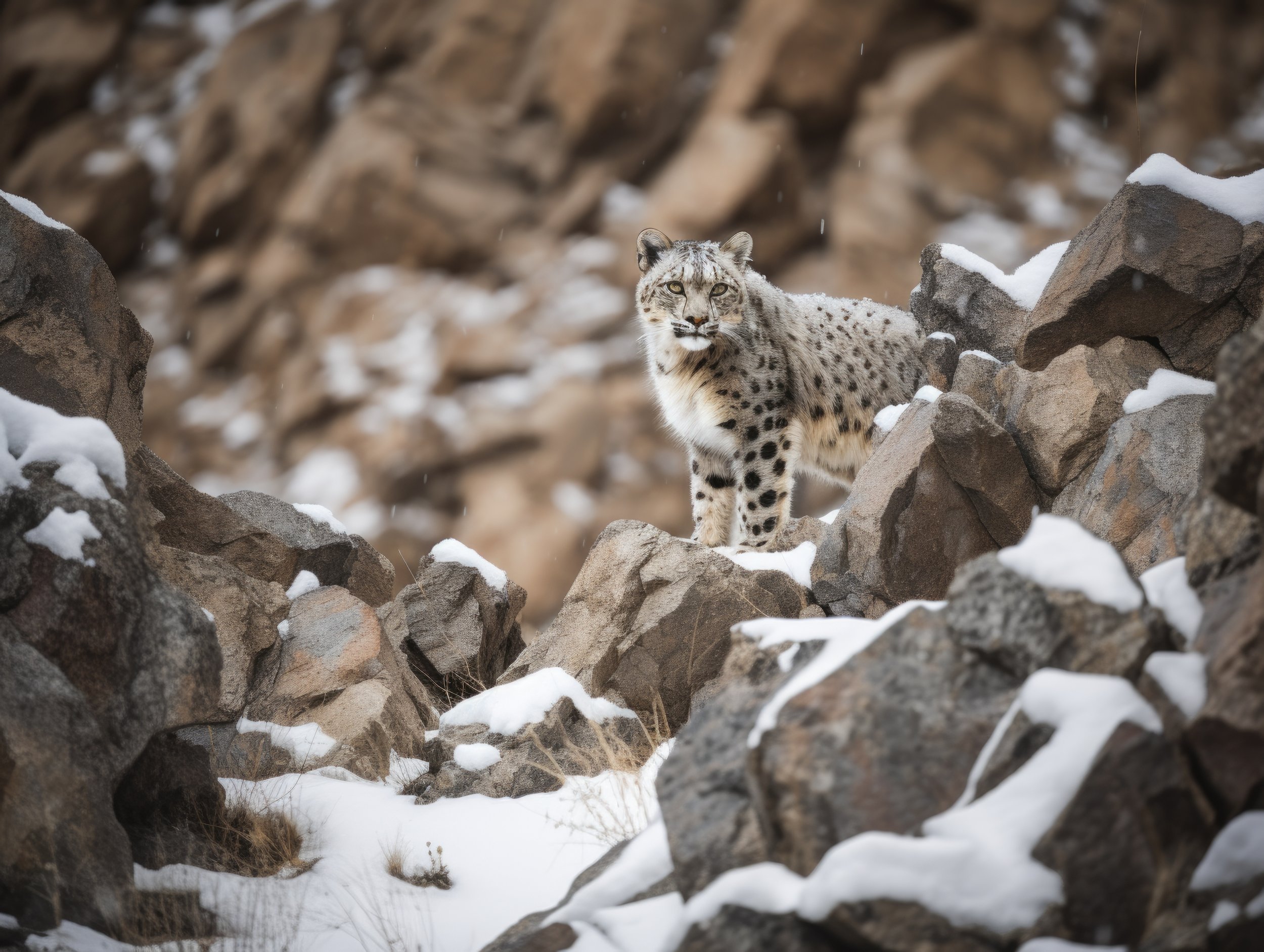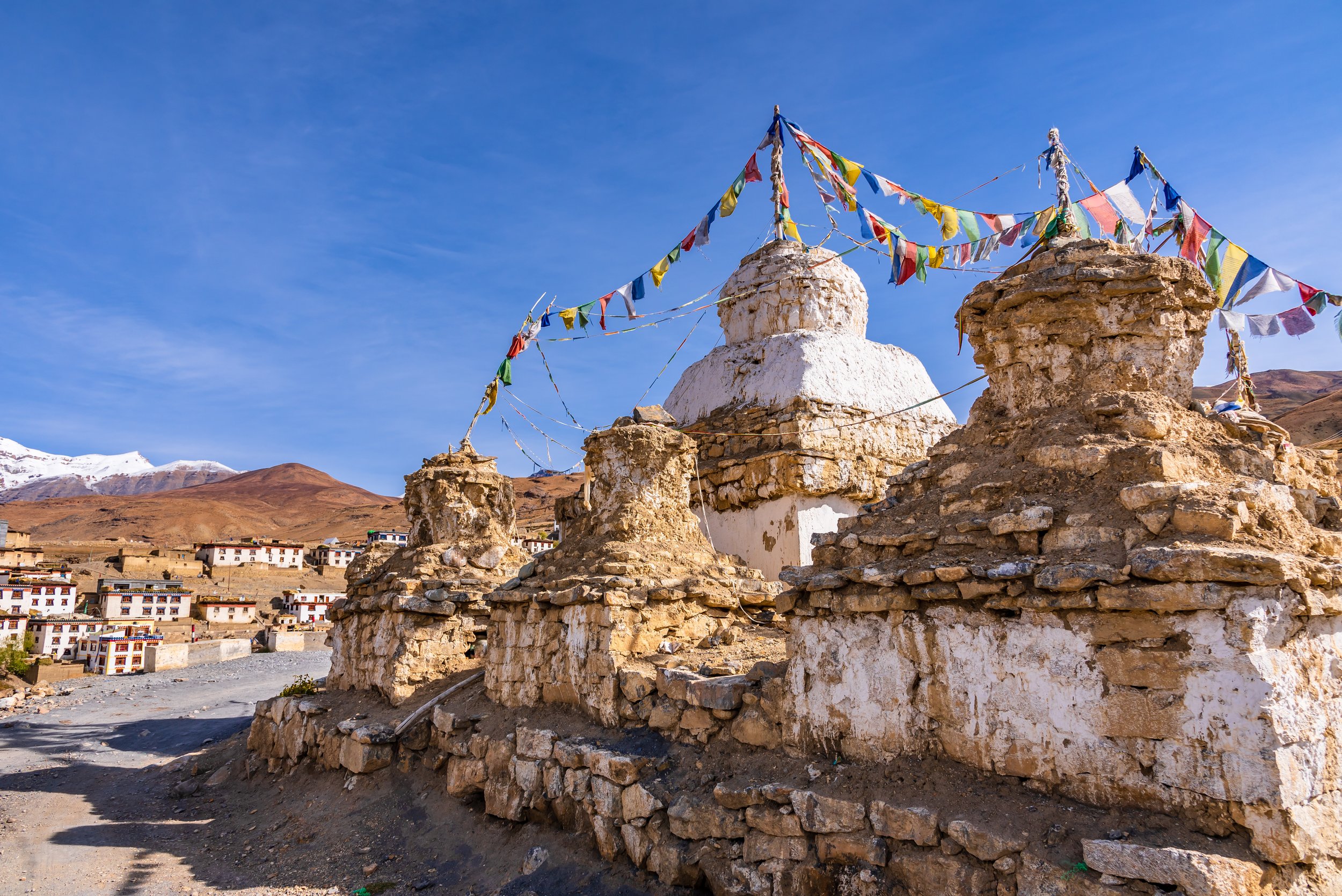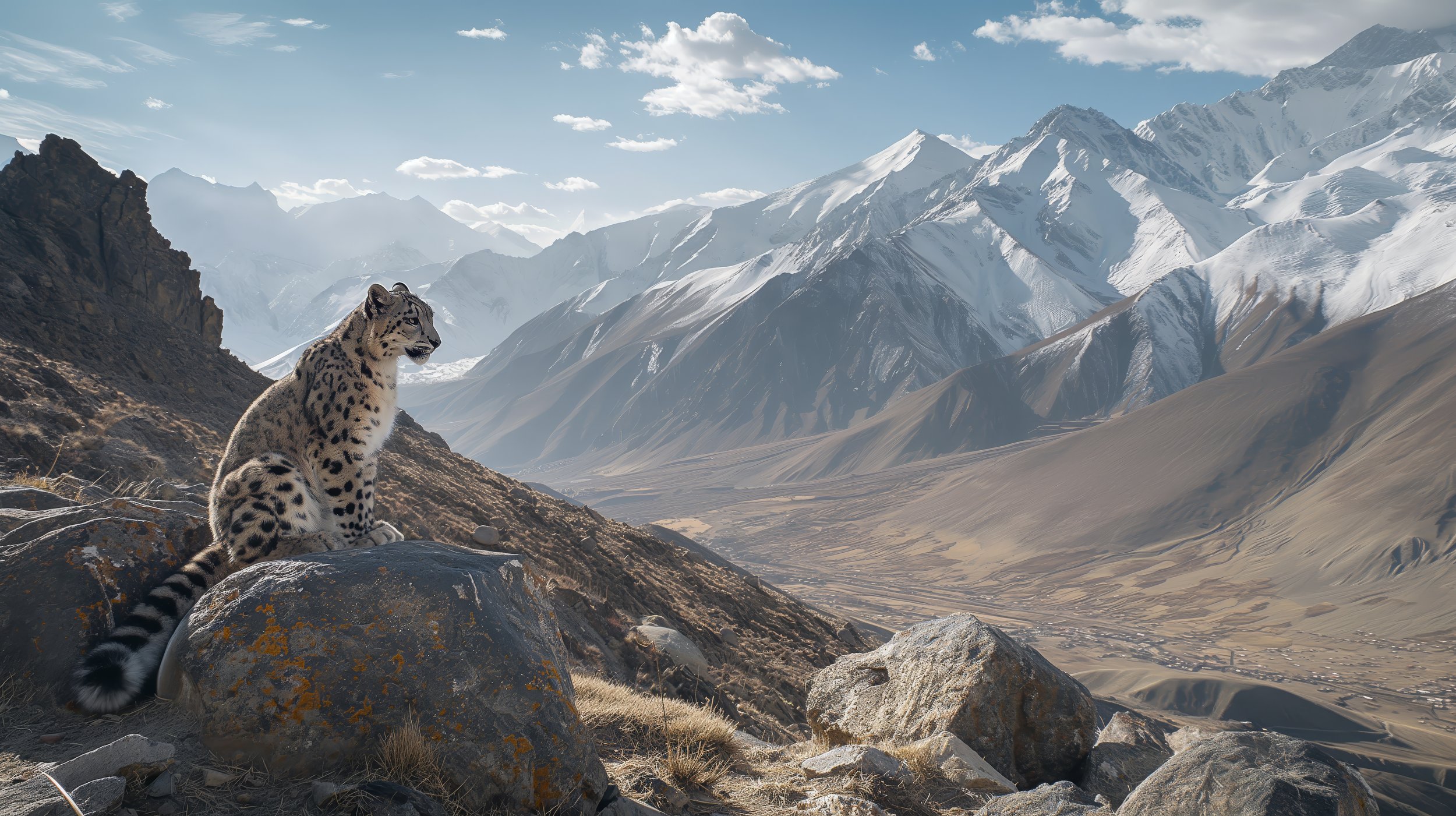Interest form
Hi On Life’s Photo Expedition – Snow Leopards of Ladakh
Our expedition is based in a tented wilderness camp in Hemis National Park. From this basecamp, we’ll set out on daily treks, guided by expert local trackers who monitor the movements of the snow leopards.
This journey is physically and mentally demanding. You’ll need to endure cold temperatures, hike for hours (often with photo gear), adapt to changes in the plan, and embrace long periods of stillness and patience in nature.
But while nature is raw, our camp is designed for comfort. You’ll stay in sturdy “cottage tents” with camp beds, and enjoy a large dining tent, a well-equipped kitchen tent, and a private toilet tent. Ladakh’s dramatic landscape—with desert-like valleys, emerald lakes, and colorfully decorated monasteries—adds to the magic. The people here are warm, generous, and deeply connected to their land and traditions. Bring a sturdy tripod, a long lens, warm clothing, and a healthy dose of patience. Whether you're a passionate wildlife photographer or simply someone who dreams of seeing a snow leopard in the wild, this expedition offers a once-in-a-lifetime experience.
Support Conservation
By joining this journey with Hi On Life, you directly support the future of the snow leopard. A portion of every booking is donated to the Snow Leopard Conservancy to fund their vital research and conservation programs.
Program in Short
Dag 1- Ankomst till Delhi, transfer till hotell, Välkomsmiddag
Dag 2- Flyg till Leh (3 600 möh) / Transfer till Hotell. Vi tar det lugnt resten av dagen så att kroppen hinner att acklimatisera sig till den höga höjden.
Dag 3- Vi går upp tidigt och ger oss ut på fågelskådning runt floden Indus. Eftermiddagen besöker vi klostret Thiksay. Övernattning i Leh
Dag 4- Efter en rejäl frukost väntar en 45 minuters Jeepfärd till Zingchen - porten till Rumbak Hemis National Park. Vi lämnar våra jeepar och vandrar ca 1,5 timme in i nationalparken, till platsen där vi sätter upp vårt tältläger
Dag 5-11- Vi spanar efter och förhoppningsvis fotar snöleoparder och andra spännande djur i detta fantastiska landskap mitt i Himlaya.
Dag 12- Vi packar ihop vårt läger och vandrar tillbaka till Zingchen där våra jeepar väntar på oss för att ta oss tillbaka till Leh.
Dag 13- Flyg till Delhi. Eftermiddagen sightseeing och "Rickshaw-tur" genom Old Delhi
Dag 14- Transfer till flygplatsen för hemresa
Snow Leopard Conservancy
The Snow Leopard Conservancy was founded by Dr. Rodney Jackson, one of the world’s foremost experts on snow leopards. For over 30 years, the organization has conducted groundbreaking research and built community-based conservation programs across the snow leopard’s vast range.
These beautiful cats are found in 12 countries, including India, Afghanistan, China, Mongolia, and Nepal. Today, only an estimated 4,000 to 6,400 remain in the wild. In the Himalayas, snow leopards roam at altitudes between 3,000 and 5,400 meters. Winter offers the best chance of spotting one, as their main prey—the blue sheep or bharal—descends to lower elevations, and the leopards follow. Winter is also mating season, when their vocalizations can help trackers locate them. Dusk and dawn are the best times to catch a glimpse of this nocturnal predator.

